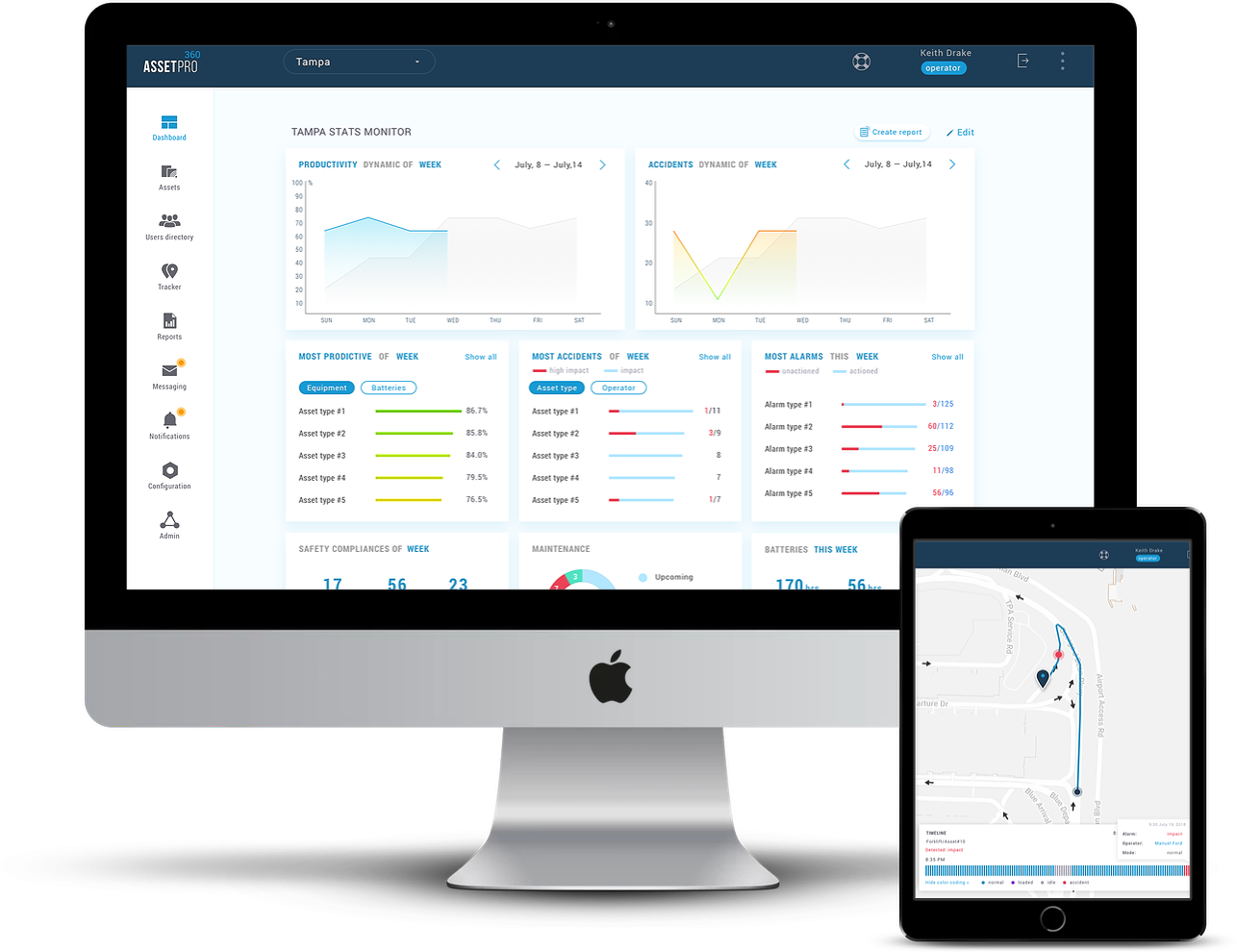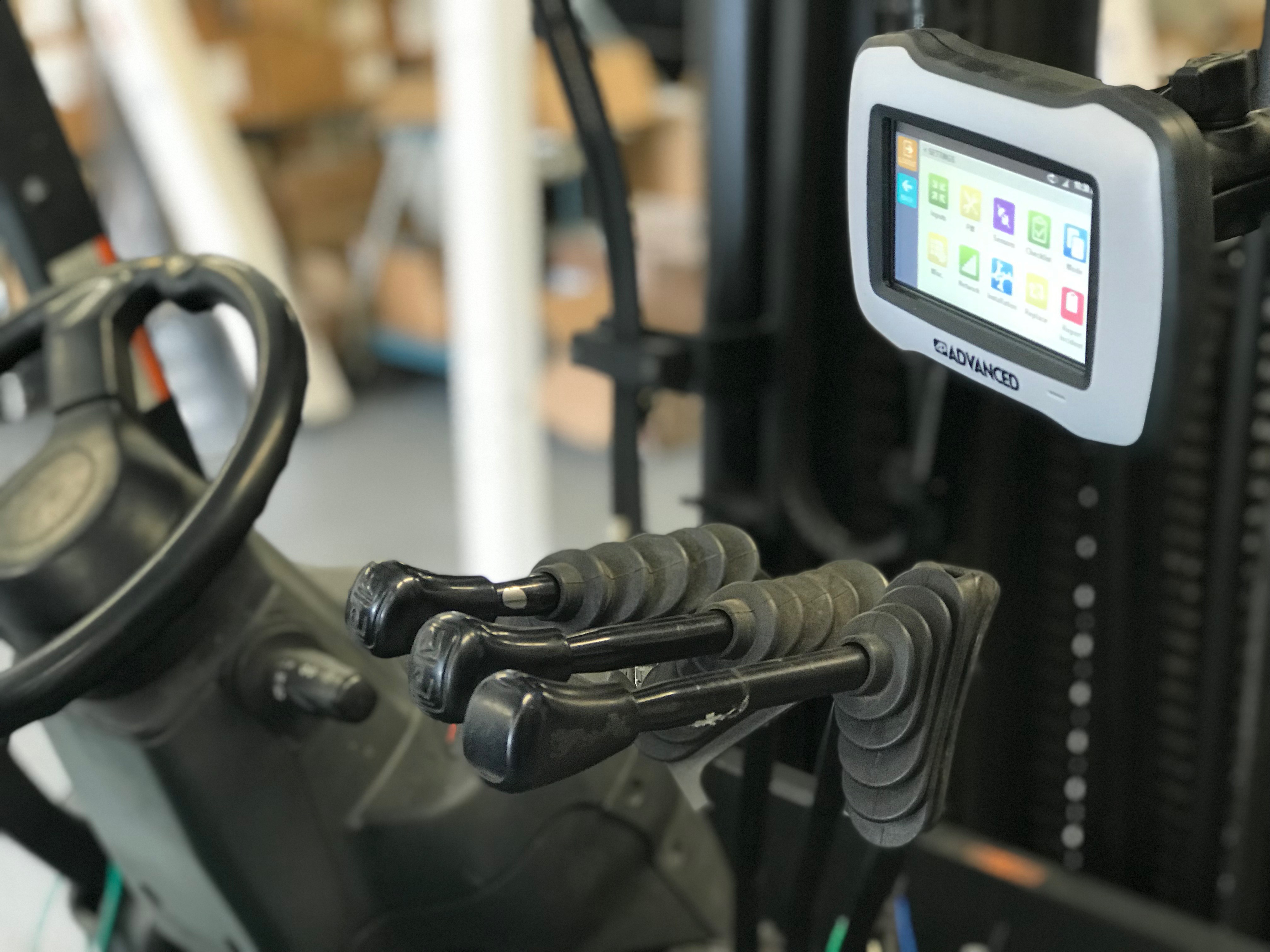How Telematics Fits Into Your 2020 Budget
Now that we’re in the fourth quarter of 2019, businesses are hurriedly preparing budgets for 2020. This may be a tense time for executives because they want to be careful not to under or over-budget aspects of their operations.
Take a deep breath, slow down, and let’s evaluate what it’s being done.
Project Revenue For 2020
You probably know that the first thing you need to do is project what the company’s income will be for the coming year. Use the records from previous years to predict a percentage of increase in your income for 2020. At least, that will give you a baseline with which you can create an expense budget.
Predict Expected Costs
Once you have a baseline defining your possible income for 2020, you can forecast the expected costs of next year’s budget.
Expected costs include:
- – Labor
- – Equipment
- – Storage
- – Operating Administrative Expenses
- – General Administrative Expenses
Use the previous budgets you created for the past few years to determine the expected costs for 2020. As you analyze from budget to budget, you will see a pattern of percentage increases in costs through the years. Add the percentage increases to your expected expenses for 2019 to your cost projections for 2020.
Want to learn about the Top 3 Scary Costs that could’ve been avoided with telematics? Click here.
Why Budget for Fleet Management Software And Telematics
 When it comes to budgetary planning for the following year, many businesses will look to solutions that can easily be measured in terms of a Return on Investment (ROI). So understanding the ROI when shopping around is a crucial starting point for any company.
When it comes to budgetary planning for the following year, many businesses will look to solutions that can easily be measured in terms of a Return on Investment (ROI). So understanding the ROI when shopping around is a crucial starting point for any company.
To explore this further, we must first take a look at the overall value that Telematic systems for Fleet Management provide:
Fleet Management & ROI
We are approaching a time where topics like “a potential recession” or “major cuts in labor or overhead costs” are common concerns for businesses today. Therefore, companies looking to budget for the coming year should possibly consider the following areas for investment prioritization:
- 1) Customer Reliability: How to ensure long-lasting customer relationships regardless of the state of the economy.
- 2) Fleet Optimization: How to facilitate and equalize the usage of all assets properly so that damage, wear, and tear, and mechanical issues are not happening to a handful of overutilized assets while other assets remain on the shelf.
- 3) Accurate Maintenances: How to ensure that all PM’s (Preventive Maintenances) are on schedule and only take place when they are needed.
- 4) Accidents & Injuries: How to minimize the risks of accidents and injuries, which, in turn, cost businesses a fortune each year.
Take, for example, Customer Reliability; all businesses operate off of the dependency of the consumer. Therefore, taking steps to ensure that your customers will rely upon you no matter the state of the economy plays a very critical role in validating the proper investments to create that assurance. One way businesses can take a step forward towards Customer Reliability is in their ability to adapt to the [potential] future to be steps ahead of the mind of their consumers. This adaptation may require investing in a solution that not only provides transparency for your operations, but also the consumers that you are working with. Transparency equals honesty, and honesty equals reliability.
With Fleet Management Telematics and software solutions, the ROI becomes apparent when businesses can immediately begin leveraging the information they receive from visibility into their fleet and, in turn, nurture their consumer relationships based on those insights.
Still unsure about telematics? Learn how telematics supports your business goals. Click here.
Fleet Management Expenses:
There are nine common expense categories to consider when researching and testing out Fleet Management systems and Telematic devices.
- – Software License Fee
- – Optional Modules
- – Server Hardware Or Hosting
- – Maintenance And Support
- – Training
- – Modifications
- – Internal Costs
- – Wireless And Handheld Devices
- – Contingency
It is important to note when reviewing those nine categories that there are Fleet Management Solutions providers that are aware of the hassle of these added expenses when their customers are considering an investment for the new year. Therefore, an “all-inclusive” approach allows companies to gain unlimited access to their data without the headache of licensing fees, software installations and reworking the data infrastructure with their existing systems to see the value of their Telematic investment.
Learn what are the 10 most common fleet management myths that keep managers from investing. Click here.
____________
 Access offers a complete line of telematics devices that help fleet managers curb costs. All data is displayed in our cloud application, AssetPro360 that connects to our entire range of products.
Access offers a complete line of telematics devices that help fleet managers curb costs. All data is displayed in our cloud application, AssetPro360 that connects to our entire range of products.
We provide you with the full support you need to develop a fleet management software and telematics system that fits your budget and gathers the fleet data you need to optimize your operation.
For more information on Access Control Group and its devices, visit the company website, or contact an Access representative.

